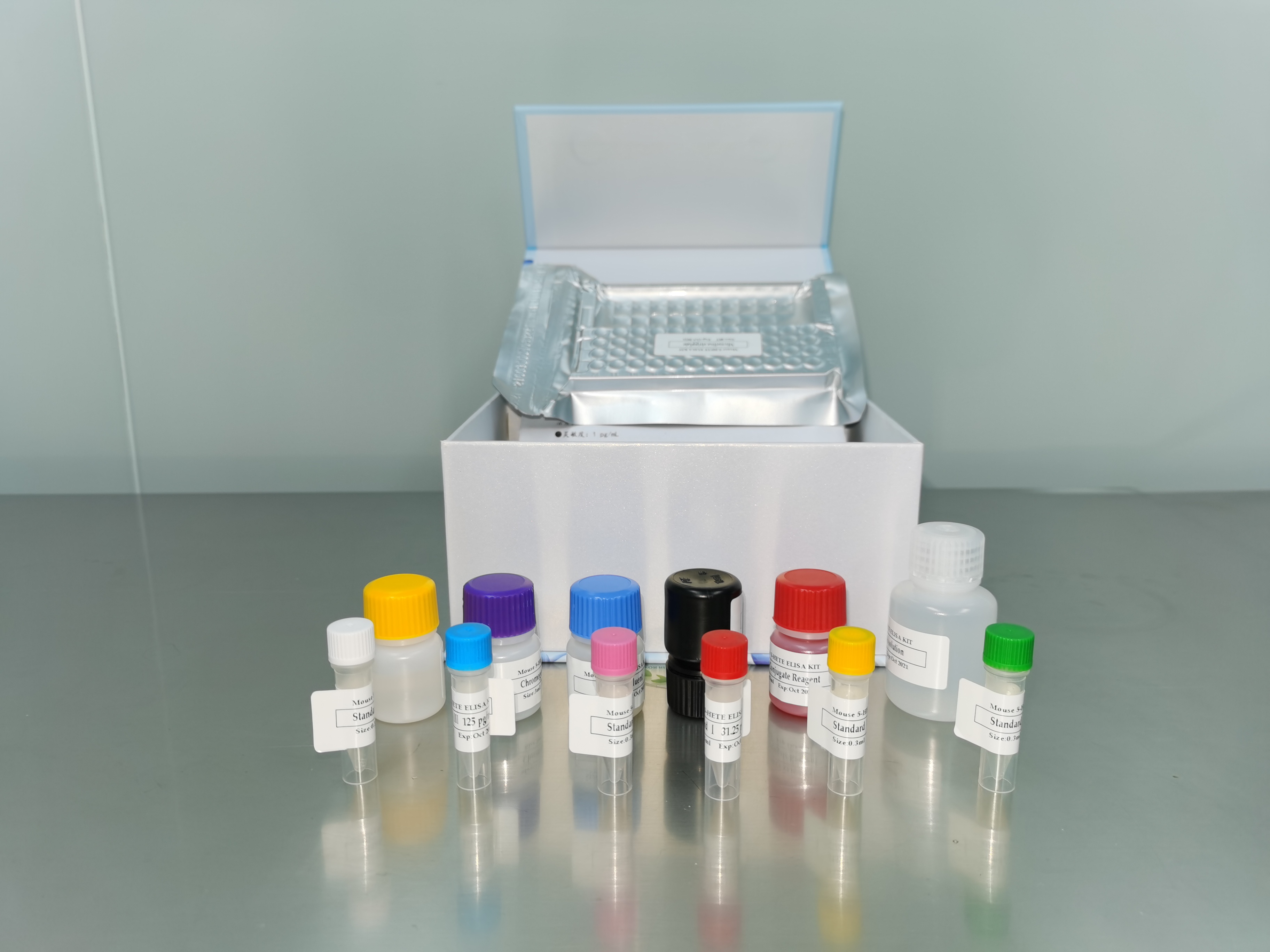| 产品名称: |
Leishmania mexicana (Biagi) Garnham |
| 商品货号: |
TS136521 |
| Deposited As: |
Leishmania mexicana mexicana (Biagi) Garnham |
| Strain Designations: |
MNYC/BZ/62/M379 |
| Application: |
Vector borne research |
| Biosafety Level: |
2
Biosafety classification is based on U.S. Public Health Service Guidelines, it is the responsibility of the customer to ensure that their facilities comply with biosafety regulations for their own country. |
| Isolation: |
Nyctomys sumichrasti, Cayo District, Belize, 1962. |
| Product Format: |
frozen |
| Storage Conditions: |
Frozen: -70°C or colder
Freeze-Dried: 2°C to 8°C
Live Culture: See Protocols Section |
| Type Strain: |
no |
| Comments: |
WHO reference strain. Promastigotes. Selective killing of amastigotes |
| Medium: |
ATCC® Medium 807: Brain heart infusion blood agar
|
| Growth Conditions: |
Temperature: 25°C
Culture System: Axenic |
| Cryopreservation: |
Harvest and Preservation
- Harvest cells from a culture that is at or near peak density. Aseptically transfer the broth overlay to a plastic centrifuge tube and adjust the concentration of cells to 2 x 107/mL in fresh medium (broth). If necessary, cells may be concentrated by centrifugation at 800 x g for 5 min.
- Prepare a 10% (v/v) solution of sterile DMSO in fresh medium (broth).
- Add 1.0 mL of DMSO to an ice cold 20 x 150 mm screw-capped test tube;
- Place the tube on ice and allow the DMSO to solidify (~5 min) and then add 9.0 mL of ice cold medium;
- Invert several times to dissolve the DMSO;
- Allow to warm to room temperature.
- Mix the cell preparation and the DMSO solution in equal portions. Thus, the final concentration will be 107 cells/mL and 5% (v/v) DMSO. The time from the mixing of the cell preparation and DMSO stock solution before the freezing process is begun should no less than 15 min and no longer than 30 min.
- Dispense in 0.5 mL aliquots into 1.0 - 2.0 mL sterile plastic screw-capped cryules (special plastic vials for cryopreservation).
- Place the vials in a controlled rate freezing unit. From room temperature cool at -1°C/min to -40°C. If the freezing unit can compensate for the heat of fusion, maintain rate at -1°C/min through the heat of fusion. At -40°C plunge into liquid nitrogen. Alternatively, place the vials in a Nalgene 1°C freezing apparatus. Place the apparatus at -80°C for 1.5 to 2 hours and then plunge ampules into liquid nitrogen. (The cooling rate in this apparatus is approximately -1°C/min.)
- The frozen preparations should be stored in either the vapor or liquid phase of a nitrogen refrigerator. Frozen preparations stored below -130°C are stabile indefinitely. Those stored at temperatures above -130°C are progressively less stabile as the storage temperature is elevated. Vials should not be stored above -55°C.
- To establish a culture from the frozen state place an ampule in a water bath set at 35°C. Immerse the vial just to a level just above the surface of the frozen material. Do not agitate the vial.
- Immediately after thawing, do not leave in the water bath, aseptically remove the contents of the ampule and inoculate a 16 x 125 mm screw-capped test tube containing ATCC Medium 807.
- Incubate the culture at 25°C.
|
| Name of Depositor: |
WRAIR |
| Chain of Custody: |
ATCC |
| Year of Origin: |
1962 |
| References: |
Evans DA, et al. The isolation and isoenzyme characterization of Leishmania braziliensis subsp. from patients with cutaneous leishmaniasis acquired in Belize. Trans. R. Soc. Trop. Med. Hyg. 78: 35-42, 1984. PubMed: 6710574
DAntonio LE, et al. Biochemical taxonomy of Leishmania. I. Observations on DNA. Ann. Trop. Med. Parasitol. 68: 307-316, 1974. PubMed: 4447389
Muyombwe A, et al. Selective killing of Leishmania amastigotes expressing a thymidine kinase suicide gene. Exp. Parasitol. 85: 35-42, 1997. PubMed: 9024200
|


